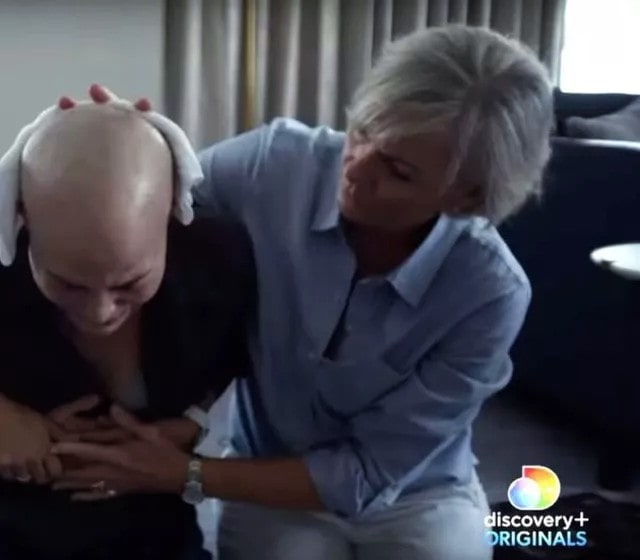‘Dancing with the Stars’ participant Selma Blair announced that she was quitting due to problems from multiple sclerosis. Nearly 1 million adults in the US are affected by the illness, often known as MS, which has the potential to be incapacitating.
According to the Cleveland Clinic, a nonprofit academic medical facility, the majority of patients with MS are diagnosed between the ages of 20 and 40, and women are more likely than males to be diagnosed with the condition.
According to Mayo Clinic, a different nonprofit academic medical organization, MS is a brain and spinal cord illness that affects the central nervous system and can render a person disabled.
Communication issues between the brain and the rest of the body come from the immune system attacking the myelin, or protective sheath, which surrounds nerve fibers.

Although there is no known cause for the illness, those whose parents or siblings have MS are more likely to get it. MS has been associated to a few viruses, including Epstein-Barr, the virus that causes contagious mononucleosis.
White people and residents of temperate regions, such as Canada, the northern United States, New Zealand, southeastern Australia, and Europe, are at the greatest risk.
While symptoms might vary, serious ones can make it impossible to walk. Others may experience tremors, electric shock-like sensations with certain neck movements, or numbness or weakness in their limbs. In addition to affecting vision and speech, MS can also lead to fatigue and dizziness, among other symptoms.
Some MS sufferers may undergo protracted periods of remission during which they don’t develop any new symptoms.

The illness has no known treatment. However, Mayo Clinic claims that certain treatments can hasten the healing process following an attack.
Corticosteroids are used to lessen inflammation of the nerves. Doctors may try a plasma exchange, a treatment in which “the liquid portion of part of your blood (plasma) is taken and separated from your blood cells,” if the symptoms are new, severe, and not responding to steroids.
After being combined with a protein solution (albumin), the blood cells are then reintroduced into the body, according to the Mayo Clinic.

Different medications, including muscle relaxants, antidepressants, pain medications, and various others may be recommended to manage other symptoms, according to the Mayo Clinic. Physical therapy can also assist strengthen muscles and reduce some MS symptoms.
A number of medications are also utilized to slow the disease’s progression.

According to the Mayo Clinic’s website, the only FDA-approved disease-modifying therapy (DMT) for primary-progressive MS is ocrelizumab (Ocrevus). The likelihood of progression is somewhat lower for individuals who receive this treatment compared to those who do not.
There are numerous injectable, oral, and infusion therapies available for relapsing-remitting MS. However, according to the Mayo Clinic, many of these treatments have serious side effects and health hazards.
In 2018, Blair made her MS diagnosis public. Since then, she has frequently attended public events while using a cane to aid in her mobility.
The actress, who competed on the current season of “Dancing with the Stars,” claimed that recent MRI findings prompted her to end her participation in the competition.

She explained the extent of the damage in a video announcing her departure, “There’s really extensive bone trauma and inflammation among rips and tears.” “As a result, I could cause significant harm that I obviously do not desire. I’ll have to settle in, return to being a mom, and show to them that I must cut back on something I enjoy doing.”
On the show on Monday night, she danced with Sasha Farber in one final waltz.
Although she was emotional in the interview that followed her final performance, she said that the competition had improved her physical condition.
“I’m so much better, and I would never have pushed myself in that way if it hadn’t been for this kind of event with Sasha,” she said.

Throughout the course of the disease, symptoms frequently return in MS patients. Over the course of days or weeks, new symptoms can appear and then partially or entirely disappear. Remissions, according to the Mayo Clinic, can endure for months or even years.
Over time, the severity of the symptoms, which frequently include mobility and walking issues, might also get worse.

According to Johns Hopkins Medicine, confirming a diagnosis of MS is not always simple because the disease’s early symptoms may be slight and intermittent. Similar warning symptoms can also be seen in other diseases.
Although there is no one conclusive laboratory test to confirm the disorders, a number of neurological tests, including an MRI, typically assist doctors in making a diagnosis.

